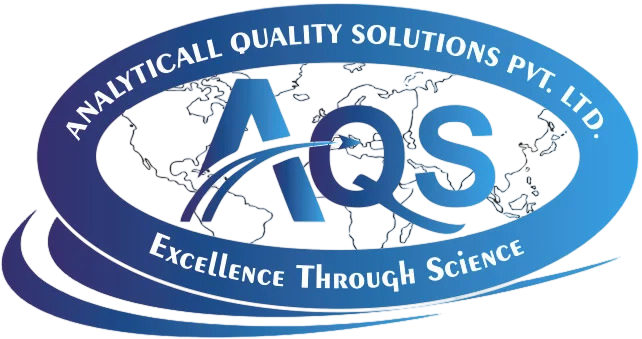+91 8700656111, 7011912736
Have Any Questions?
F-132, Krishna Apra, D Mall, Indirapuram-201014
Visit Us Daily
Mon - Sat: 10.00 - 19.00
Our Working Hours
Maxbizz The Largest Business Expert in USA & Europe. We Provide The Solutions to Grow Your Business.
Have Any Questions?
Visit Us Daily
Our Working Hours

AQS is an auditing, testing and certification company working in the field of management systems and product certifications providing quality assurance certifications.
F-132, Krishna Apra, D Mall, Indirapuram, Ghaziabad

RoHS regulations primarily impact industries that manufacture, distribute, or sell electrical and electronic equipment (EEE). Below are the key industries affected:
CCTV cameras fall under electronic and electrical equipment (EEE) and must comply with RoHS regulations in many global markets, including the EU, UK, China, and the US (California RoHS).
Benefits of RoHS Compliance for CCTV Cameras:
✅ Legal market access in the EU, UK, and other regulated regions
✅ Increased trust from government agencies and businesses requiring eco-friendly surveillance
✅ Safer electronic components, reducing toxic e-waste
Luminaires, including LED lights, fluorescent lamps, and streetlights, must comply with RoHS regulations due to their electronic components.
✅ Ensures LED and smart lighting solutions are free from toxic materials
✅ Compliance with eco-friendly building regulations and energy efficiency programs
✅ Safer disposal and recycling, reducing mercury and lead pollution
Conclusion: Both CCTV cameras and luminaires must meet RoHS compliance to be legally sold in major markets. Ensuring lead-free, mercury-free, and eco-friendly components not only meets legal requirements but also enhances product safety, sustainability, and brand reputation.
Click to chat